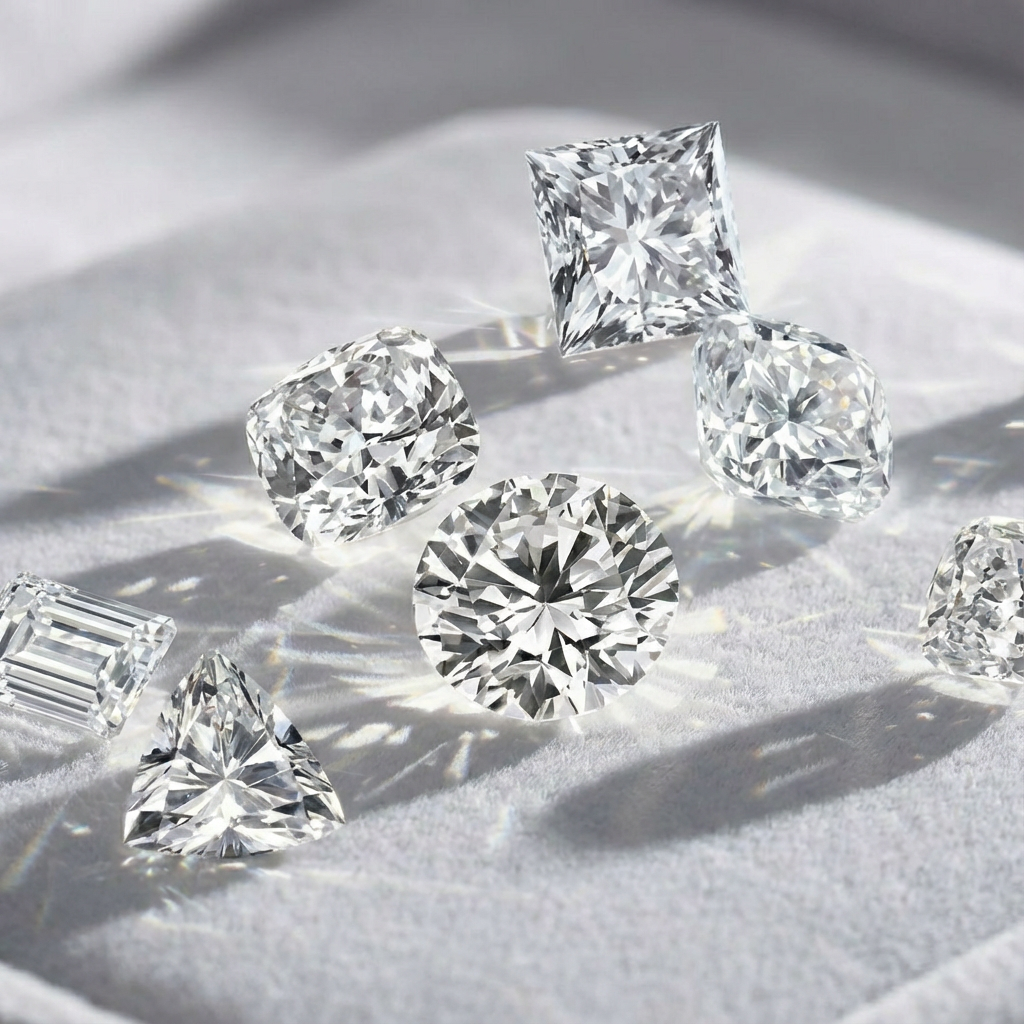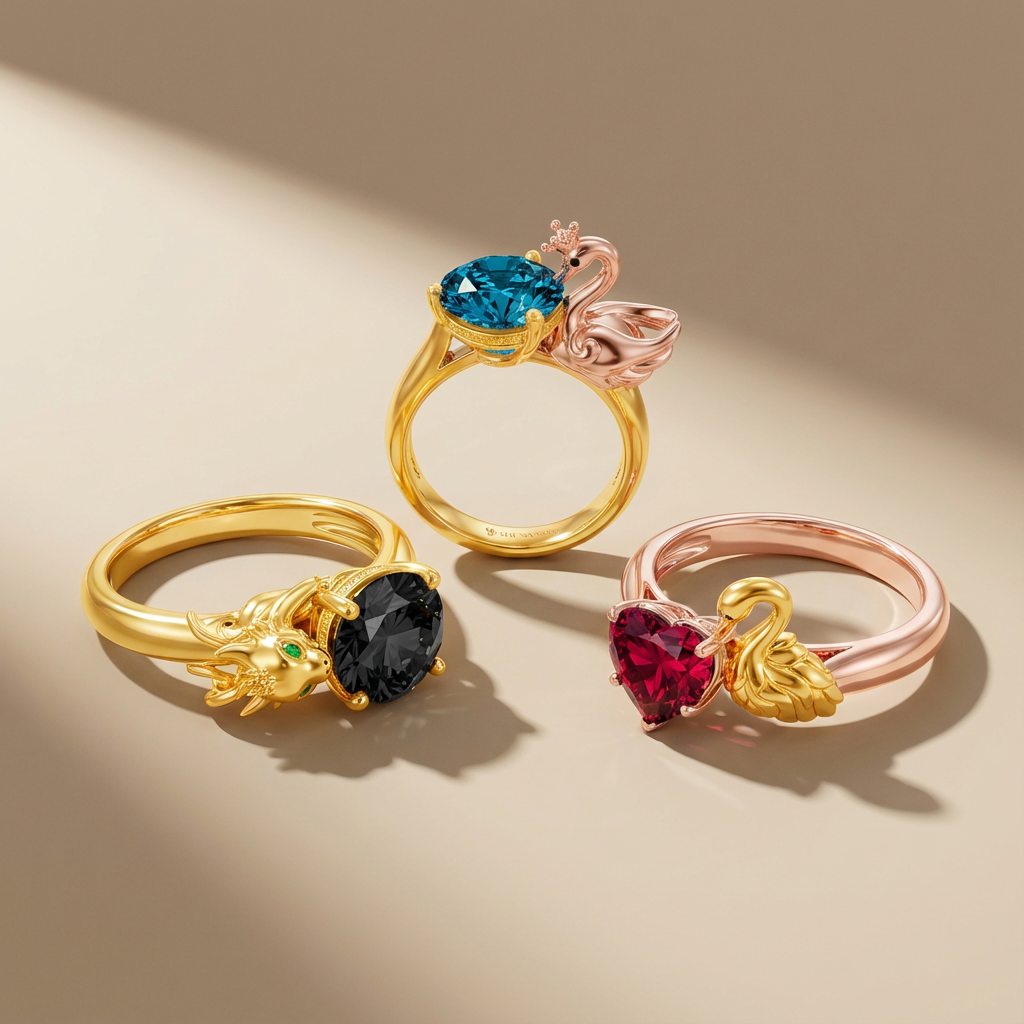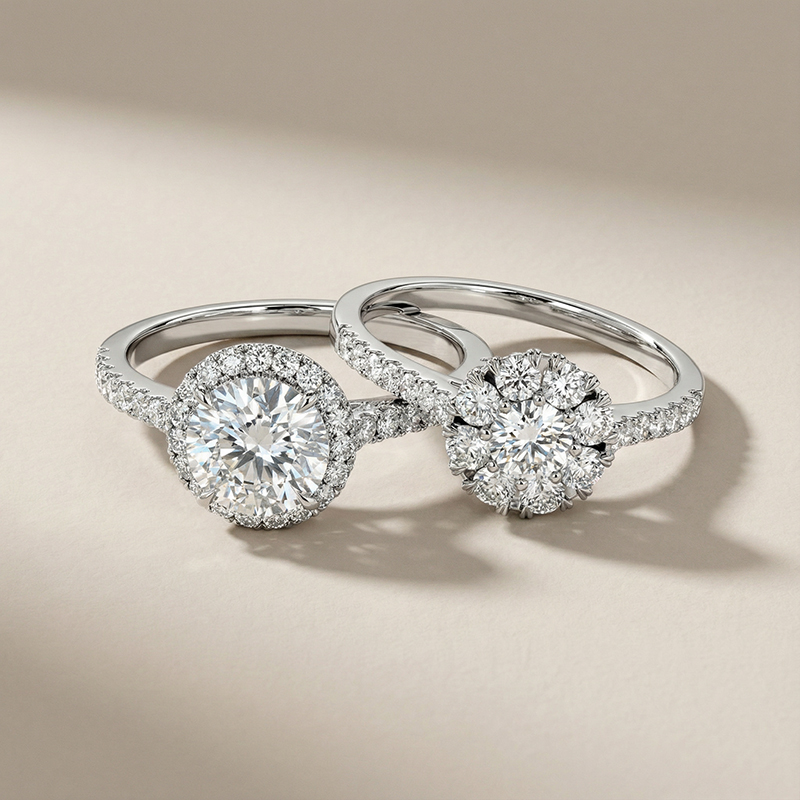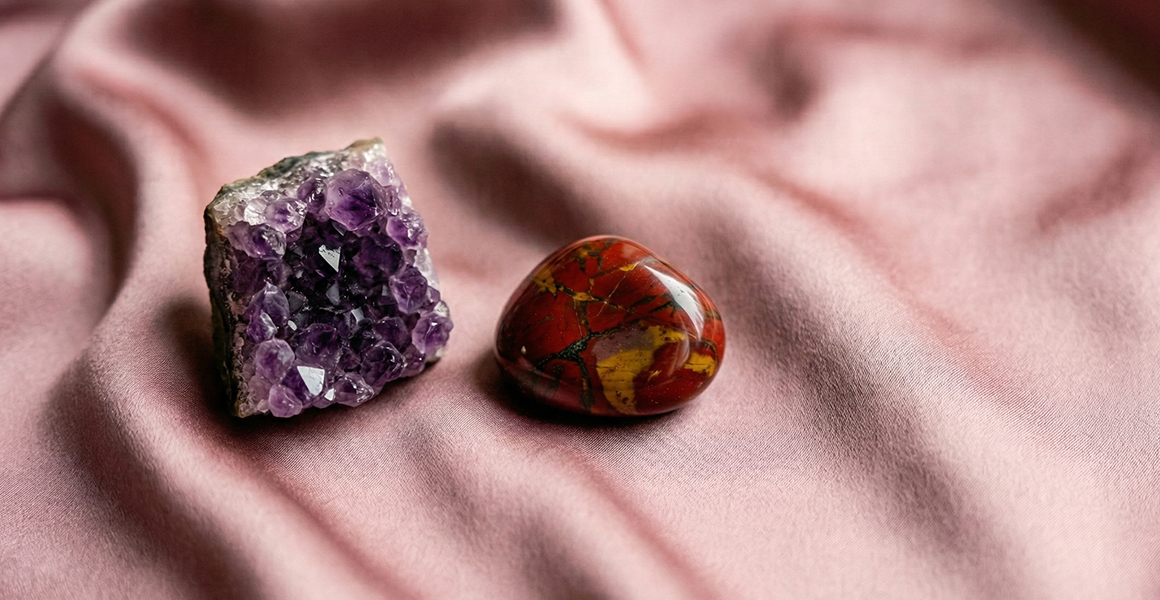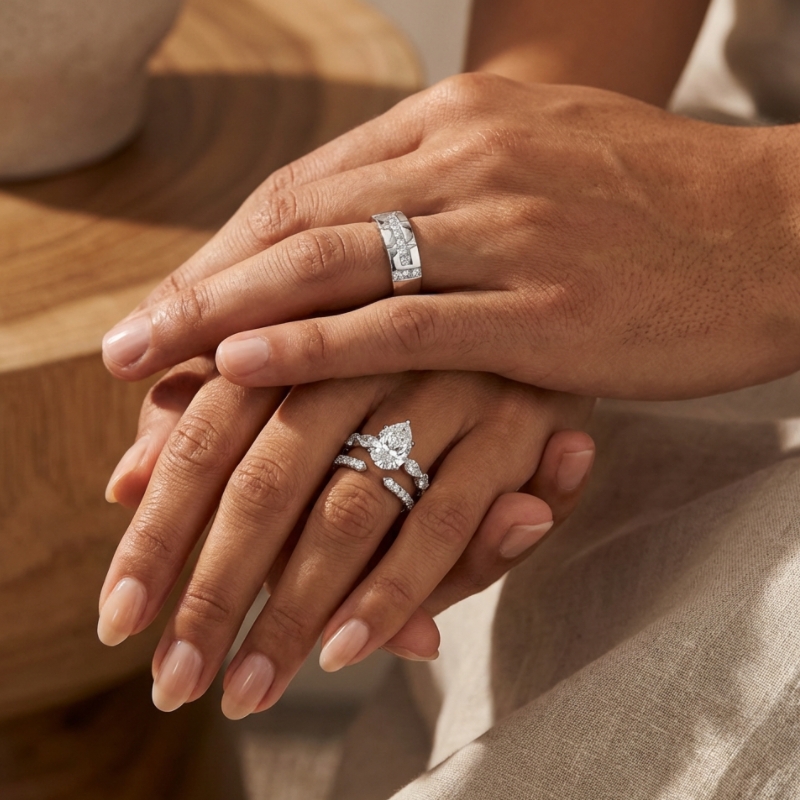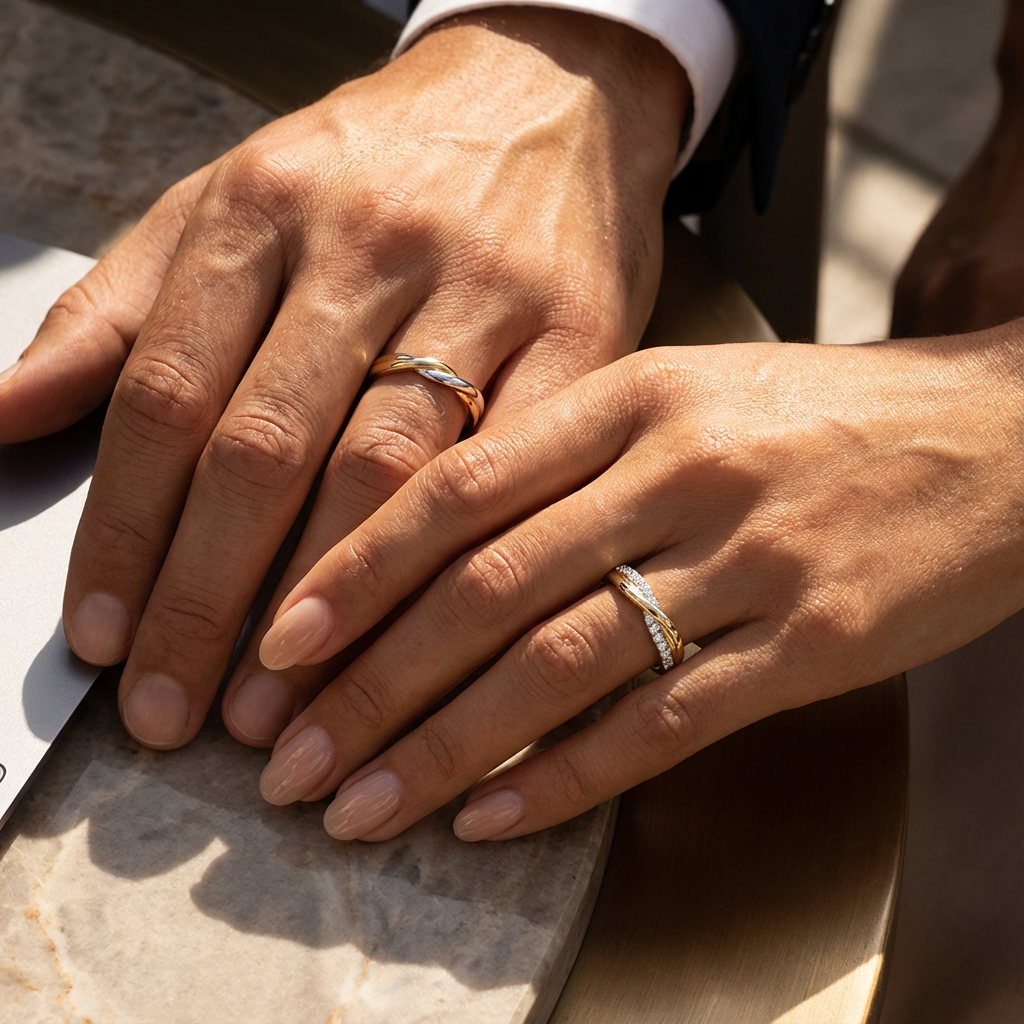White gold, a sublime fusion of pure gold and white metals, epitomizes sophistication and grace in the world of jewelry. Its luminous allure and versatility also make it a top choice for those seeking sophistication in their jewelry collection. But you may get confused about many of its qualities and characteristics. Here is the ultimate guide to the most frequently asked questions about white gold:
Q1: What is white gold?
A: White gold is a gold alloy mixed with other white metals like silver, nickel, or palladium. This changes gold’s natural yellow color into a cool white shade suitable for jewelry and enhances the hardness of pure soft gold.
Q2: Is white gold real gold?
A: Yes, white gold is a real precious metal. It contains pure gold that is hallmarked along with its assigned karat, certifying its gold purity content.

Q3: What karat is white gold?
A: White gold comes in different karats depending on the percentage of pure gold versus alloy metals. Common karats are 10K (41.7% gold), 14K (58.5% gold), and 18K (75% gold). The higher the karat, the greater the gold content.
Q4: Is white gold suitable for everyday wear?
A: Yes, white gold’s durability from precious metal alloys makes it well-suited for daily wear in rings, necklaces, bracelets, and more. Regular cleaning helps maintain its luster.
Q5: Does white gold tarnish like silver?
A: No, white gold is more durable than silver and resistant to tarnishing. However, its rhodium plating can wear away over time to reveal a light yellow color underneath. Replating restores the white shine.

Q6: Is white gold hypoallergenic?
A: Like yellow gold, white gold is considered hypoallergenic for most people. However, individuals with nickel sensitivities should be aware white gold often contains nickel as an alloying metal. Therefore, please choose nickel-free white gold or platinum if you have sensitivities.
Q7: How does rhodium plating affect the appearance of white gold?
A: Rhodium plating is applied to white gold jewelry to produce a lustrous white finish. Over time, as the plating naturally wears away, white gold will take on a lighter yellow hue until replated by a jeweler.
Q8: How often does white gold need replacing?
A: We recommend replating white gold pieces every 6-12 months with regular wear. Furthermore, factors like chemical exposure, lifestyle, and skin pH level affect replating frequency.

Q9: Is white gold more expensive than yellow gold?
A: Generally, no — the costs are comparable. White gold may have a slight premium over yellow gold to account for the additional rhodium plating process. However, alloy composition and jewelry design influence pricing more.
Q10: Is white gold as expensive as platinum?
A: While platinum is more costly, white gold is a more affordable precious metal option. Its alloy composition and rhodium plating give it a platinum-like appearance at a lower price point.
Q11: Where to buy white gold jewelry?
A: Of course SHE·SAID·YES! Browse through our collection and search for white gold rings, earrings, necklaces, and bracelets. You will also find special sections for white gold engagement and wedding rings.

